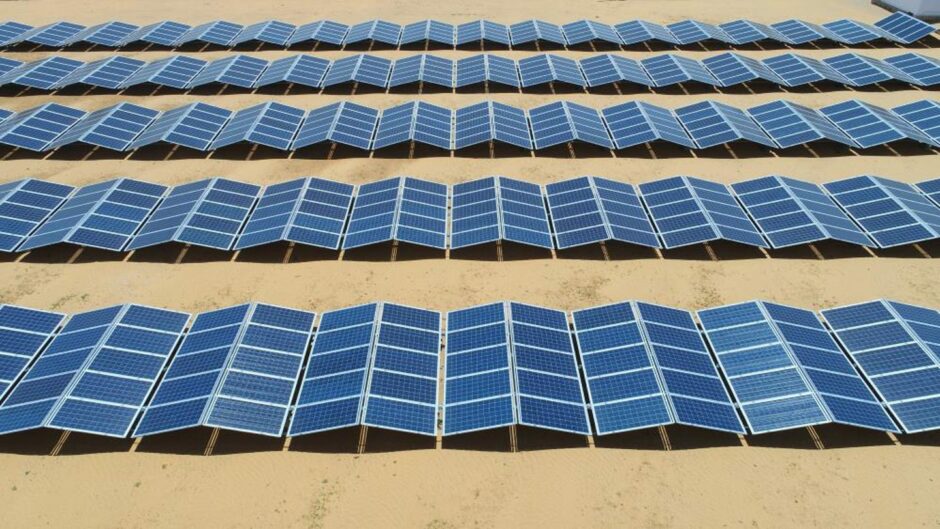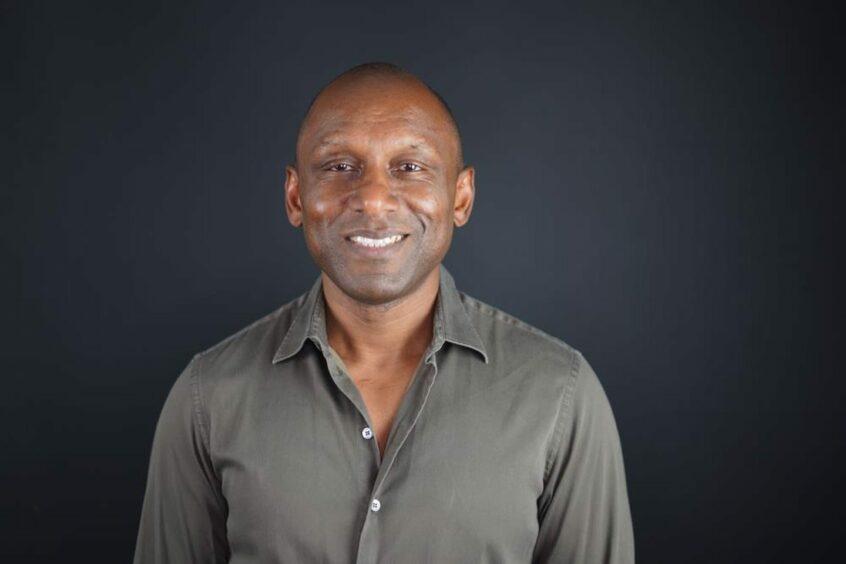
Recent world events have shone light on the vital role that energy plays in societies throughout the world. Whilst western powers are dealing with what is rapidly turning out to be one of the worst energy crises ever experienced, poorer nations across the world are increasingly suffering the detrimental costs of climate change, the consequence of the exploitation of fossil fuels and unsustainable industrial practices.
No nation is spared from these global, pressing issues. Yet, whilst conditions around the world differ, vulnerable communities with limited access to resources are those to suffer the most. An unjust reality.
The oft-quoted ‘paradox of plenty’ is still exemplified by Africa decades after the phrase was first coined. It remains a territory with an abundance of natural riches, combined with an increasingly educated and young population, yet a deficit in economic growth, good governance, and development outcomes.
It is easy to forget that Africa barely contributes at all to global carbon emissions: the continent is responsible for less than 4% of global carbon emissions and 6% of global energy consumption.
Still, it is enduring among the worst effects of climate change and changing weather conditions: droughts, floods and heatwaves are increasingly affecting African communities.
Top ranked
Despite all this, Africa holds the potential to be the biggest powerhouse in renewable energy production. It has extremely favourable geography and natural resources that are almost unrivalled internationally in their potential to create energy from water, wind and sun. Furthermore, it has the minerals vital to clean energy – nickel, cobalt and lithium to name but a few – which are all required to fuel the global energy transition.
That said, at long last most major governments and international institutions, such as the United Nations, are finally facing environmental challenges head on, embracing the transition towards sustainable energy sources and systems. As the late Wangari Maathai, Kenyan environmentalist and Nobel Peace Prize winner, said: “We need to promote development that does not destroy our environment.”
Agreements made during last year’s COP26 Climate Change summit have paved the way for a new approach to climate change financing, no longer aimed at mitigating the climate crisis but directed towards adaptation to it and towards economic development.
With COP27 to be held in Egypt later this year, the continent’s energy priorities and challenges will be, hopefully, finally, prioritised by the international community, as it addresses existing barriers to clean energy investment and promotes capital deployment across the continent.
Leap frog
A silver lining of Africa’s long-enduring energy access gap may be that many thousands of communities will be in prime position to benefit from a ‘leap-frogging’ straight to clean energy and renewable sources, avoiding the interim of fossil fuel-generated power.
Currently, the continent has some of the world’s lowest energy penetration levels, with an estimate of 570 million people in sub-Saharan Africa alone who cannot count on a safe and reliable energy source.
The global investment communities must recognise that, as challenging as such pursuits are, Africa’s geographic diversity makes it a worthy candidate to – with some support – lead the world’s energy transition to a net zero future.
Still, between the need for the continent to extend electricity access to millions of people who are currently deprived and the aspiration to transition to net zero by 2050, lies the stark reality of Africa’s energy sector today. It is generally unreliable in most countries, with high electricity tariffs and frequent power shortages.
Smart investment is needed. The inadequacy of the energy systems in place threatens the development of the agriculture and industrial sectors, causing losses in poorly maintained networks, and increasing the use of private oil-fuelled generators as back-up facilities, which have a negative impact on the local environment and cost of electricity.
On the rise
It is predicted that by 2040, electricity supply in Sub-Saharan Africa will have grown fourfold, and generation capacity will have tripled. Solar photovoltaics are expected to become the largest source in terms of installed capacity, whilst hydropower will continue to contribute to phase out oil-fired power plants, mitigating the average costs of power supply.
For this to be realised in concrete terms, a change in perspective must first occur among global investment communities.
Africa’s most complex challenge lies not in the shortage of financial resources to fund the development of energy infrastructure, as often perceived. It is rather in the abundance of alleged risks that deter investors from pursuing projects in African markets and the related higher financing costs.
International investors expect to see proper regulatory systems in place, along with financial schemes and tariffs that can ensure fair competition and efficiency.
Moreover, reliable local African investment partners ought to invest more in renewable and clean energy projects, to help reassure and attract wary international investors. Transparent, trustworthy African partners are indeed out there – they’re just hard to spot.
Africa is moving toward a new chapter in its history. The way in which energy is managed will determine its potential for delivering immensely positive outcomes for all. After all, sun, water and wind are the last energy sources not yet owned; nobody taxes the elements yet! They are simply one big battery for us all.
Recommended for you

 © Supplied by Groupe Filatex
© Supplied by Groupe Filatex